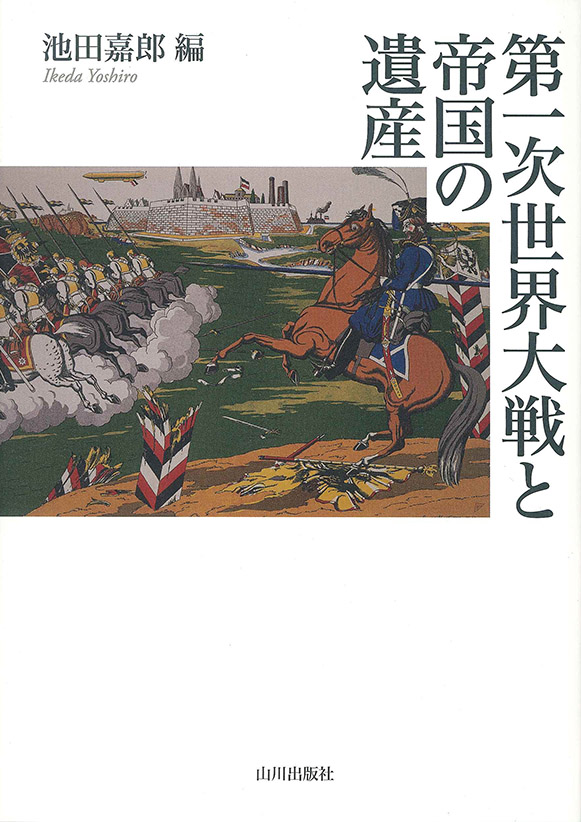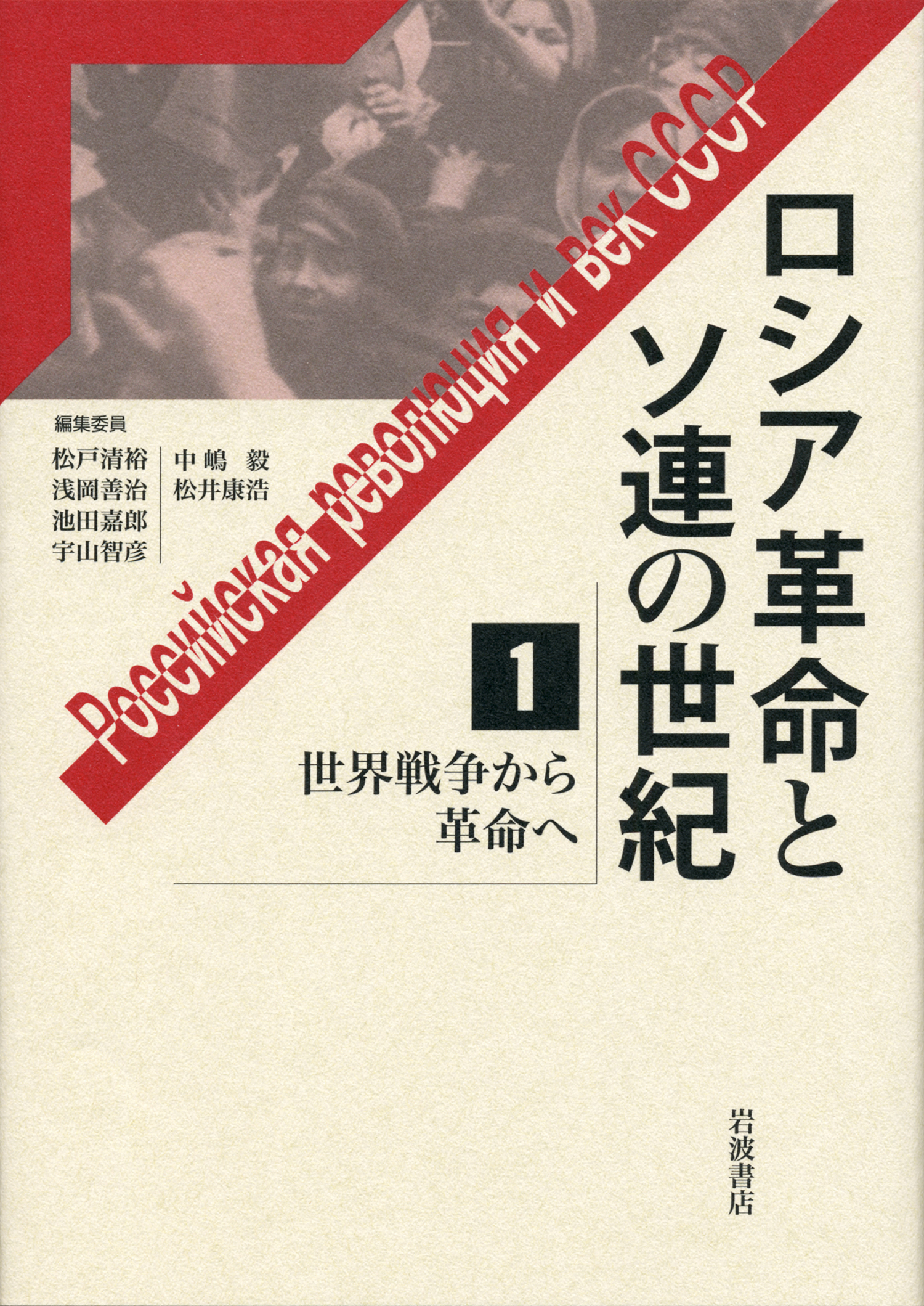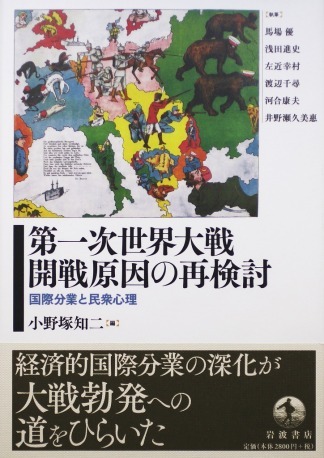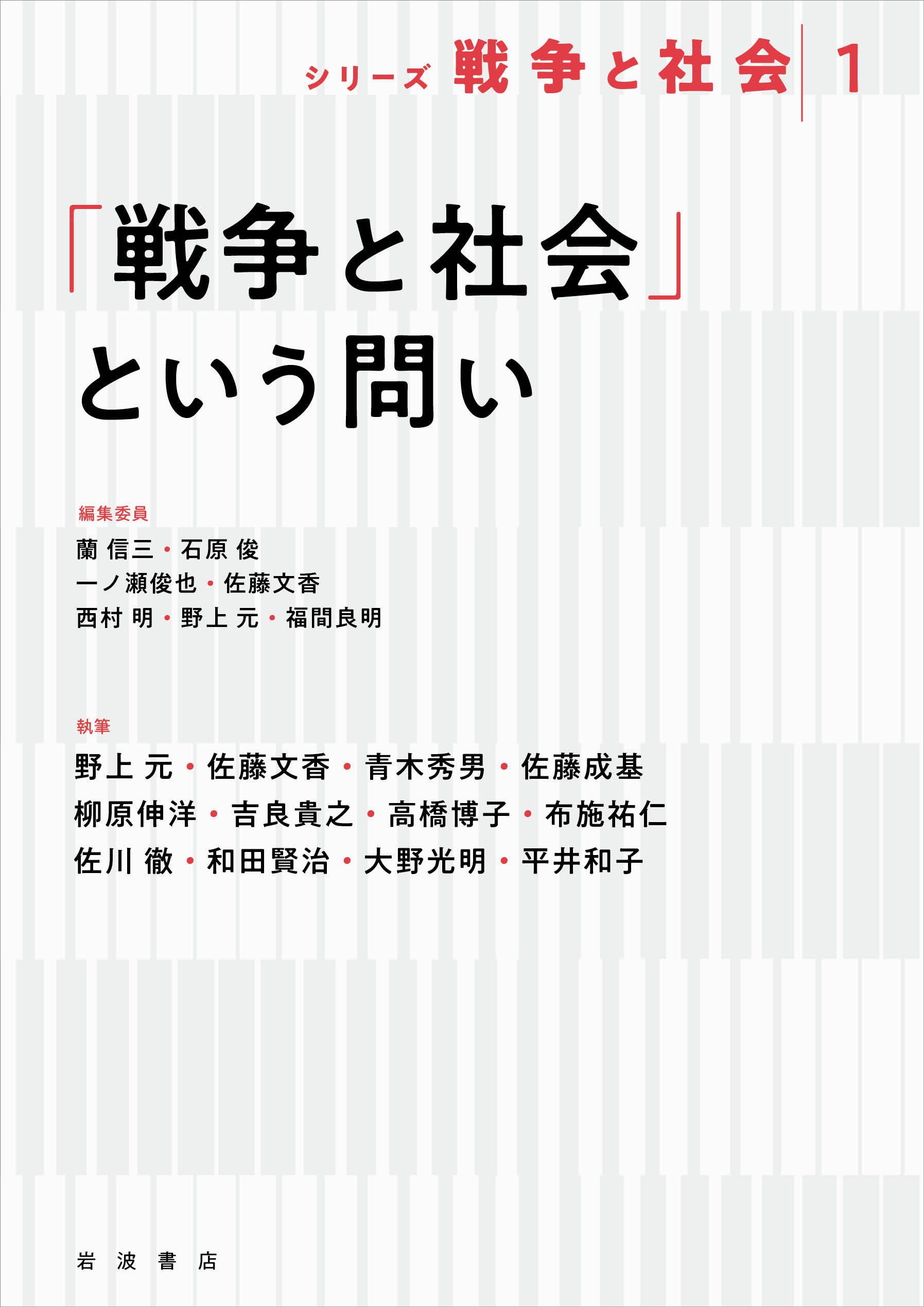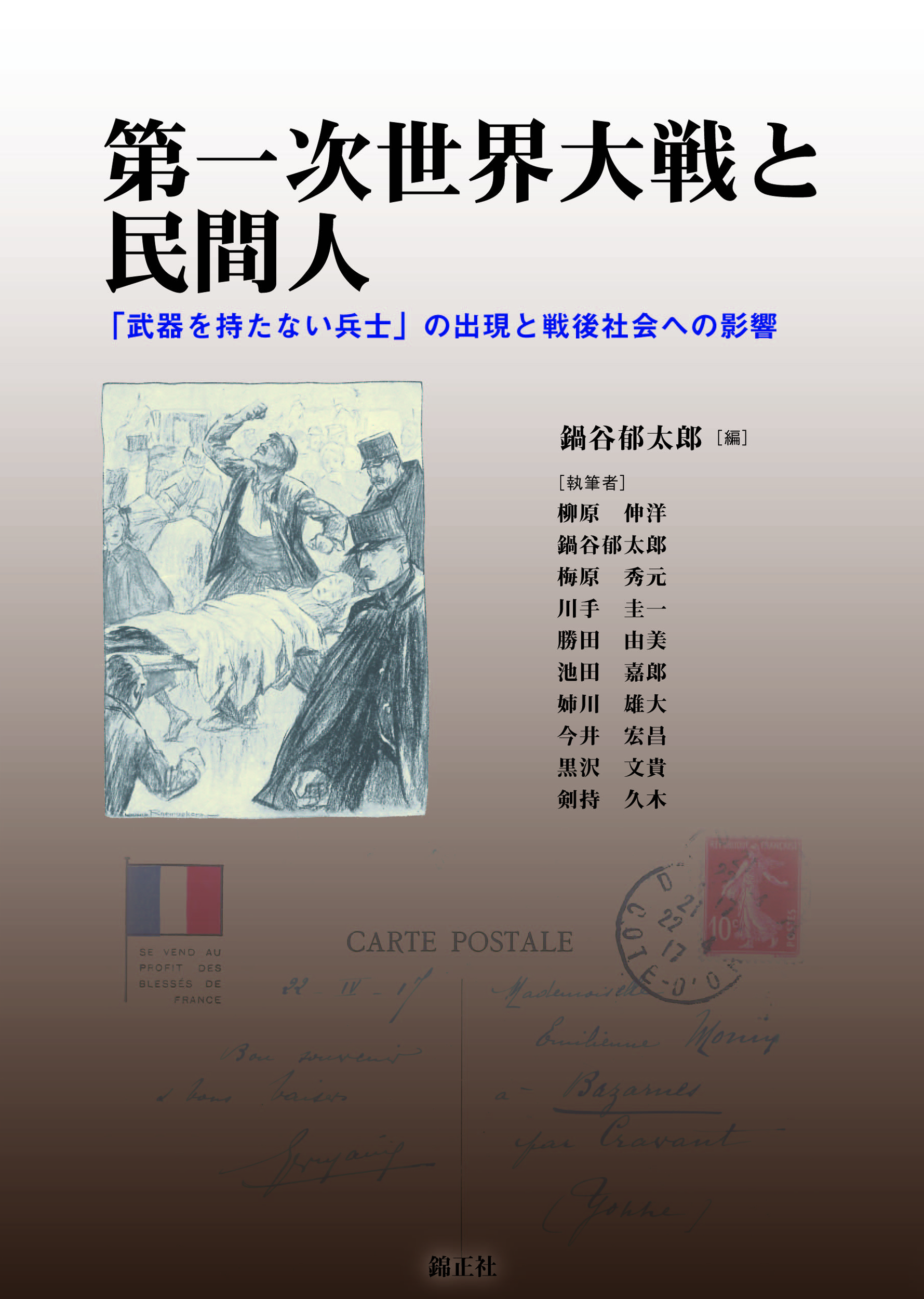
Title
Daiichiji Sekaitaisen to Minkanjin (World War I and Civilians - The Emergence of “Soldiers without Weapons” and Their Impact on Postwar Society)
Size
334 pages, A5 format, hardcover
Language
Japanese
Released
March 31, 2022
ISBN
9784764603547
Published by
Kinseisha
Book Info
See Book Availability at Library
Japanese Page
It is generally believed that World War I came to a truce on November 11, 1918, and ended with the Paris Peace Conference of 1919. However, an in-depth historical investigation shows that determining when World War I ended is difficult. First, formal peace was not realized until after 1918. For example, the Treaty of Versailles, a peace treaty between the Allies and Germany, was signed in 1919; the Treaty of Trianon, a peace treaty between the Allies and Hungary, was signed in 1920. Second, hostilities did not necessarily end with the armistice of November 1918. For example, many foreign countries sent troops to fight in a civil war in the former Russian Empire. Similar circumstances persisted in several places even after the Paris Peace Conference. Third, civilians took up arms and resisted internal and external enemies or underwent military training for that purpose for several years after the official “end of the war,” regardless of whether the nations were victorious or defeated. This book examines the impact that World War I had on civilians and civil society, focusing particularly on this third reason. Paradoxically, “soldiers without weapons” refers not only to soldiers who have returned to the general public but also to civilians with experience being armed. What impact did the emergence of these people have on the political trends of postwar society in the 1920s? Moreover, although arming civilians, especially paramilitary groups, gradually subsided in many countries, how did their experiences as armed civilians affect the rise of international tensions in the 1930s and the trends of World War II? This book is a collection of papers written by experts in German, French, Italian, Russian, Hungarian, and Japanese history that provide insight for answering these questions. I contributed a paper entitled “’People’s Arming’ in Soviet Russia: General Military Training and Special Appointment Units.” During World War I, Russia experienced a revolution and a civil war. The civil war continued even during the Paris Peace Conference, and the military, former military personnel, and many civilians participated in the fighting, armed in various ways. In socialist Russia, which was established through the revolution and civil war following World War I, many citizens had experience being armed. This experience led to the militarization of the entire society—the establishment of a top-down structure in political organizations and the penetration of military ideas in economic management.
(Written by IKEDA Yoshiro, Professor, Graduate School of Humanities and Sociology / 2023)



 Find a book
Find a book


